Description
Sodium Mercaptoacetate: The Workhorse Molecule You Might Not Know
We often hear about the big-name chemicals in the news, the polymers, the pharmaceuticals, but there’s a whole world of lesser-known, yet incredibly important, molecules quietly working behind the scenes. Sodium mercaptoacetate, also known as thioglycolate, is one such compound. While it may not be a household name, it plays a surprisingly versatile role in various industries and applications, from hair removal to industrial processes.
What Exactly Is Sodium Mercaptoacetate?
Sodium mercaptoacetate is a chemical compound that is the sodium salt of mercaptoacetic acid, also known as thioglycolic acid. At its heart, it’s a simple organic molecule containing carbon, hydrogen, oxygen, and crucially, sulfur. The sulfur atom is the key to its reactivity and versatility. This molecule typically appears as a white or slightly yellowish crystalline powder with a faint odor. It’s water-soluble, making it easy to incorporate into various formulations.
The Power of the Sulfur Bond: How Does it Work?
The magic of sodium mercaptoacetate lies in its ability to break down disulfide bonds, which are strong chemical bonds that play a crucial role in the structure of proteins. Think of these bonds as tiny “glue” holding protein structures together. By disrupting these bonds, sodium mercaptoacetate can alter the properties of proteins it interacts with. This is the reason behind many of its applications.
Where Do We Find Sodium Mercaptoacetate?
Here are some of the key areas where this compound has found significant use:
Hair Removal: Perhaps its most well-known application is in depilatory creams and lotions. These products utilize sodium mercaptoacetate’s ability to break down the disulfide bonds in keratin, the protein that makes up hair. By breaking these bonds, the hair becomes weaker and easier to remove from the skin’s surface.
Permanent Wave Solutions: Similarly, in perm solutions for hair, sodium mercaptoacetate is used to break down existing disulfide bonds in the hair. This allows it to be reshaped and then reformed into a new shape with the help of a neutralizing agent.
Analytical Chemistry: In the lab, sodium mercaptoacetate is used as a reagent. It can react with various metals, sometimes forming complexes that are valuable in chemical analysis and separation techniques.
Biochemistry: Sodium mercaptoacetate is sometimes used in biochemical research to study protein structures and enzyme activity. Its ability to disrupt disulfide bonds makes it a valuable tool for researchers.
Industrial Applications: It also finds uses in industrial applications such as metal treatment, acting as a corrosion inhibitor, and in the leather industry.
Safety Considerations:
While sodium mercaptoacetate is widely used, it’s important to handle it with care. Like many chemicals, it can cause skin and eye irritation, and should not be ingested. In consumer products, it’s typically formulated at a safe concentration and tested for skin sensitivity. However, individuals with sensitive skin should always do a patch test before using products containing this ingredient.
This unassuming compound, with its sulfur-containing magic, continues to play an essential role in various sectors. As research and technology advance, sodium mercaptoacetate may find even more applications, potentially in new medical or industrial technologies. Its unique capability to selectively break down disulfide bonds will likely keep it relevant and useful for years to come.
In Conclusion:
Sodium mercaptoacetate may not be a household name, but it’s a chemical workhorse with significant impact. From providing us with smooth skin to assisting in laboratory research and industrial processes, this molecule is a testament to the power and importance of chemistry in our everyday lives. Its unique properties, especially its ability to manipulate disulfide bonds, make it a valuable and versatile compound that will continue to be important in the future. So, the next time you reach for a depilatory cream or learn about chemical analysis, remember the unsung hero, sodium mercaptoacetate, working quietly behind the scenes.




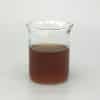

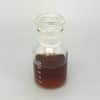
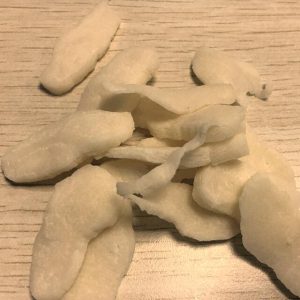
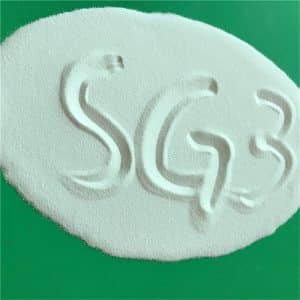
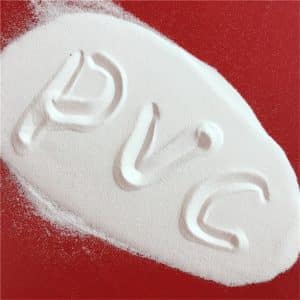
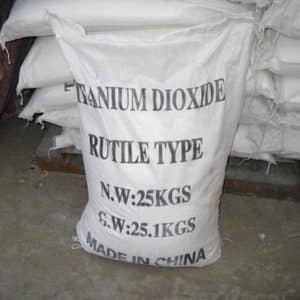

Reviews
There are no reviews yet.